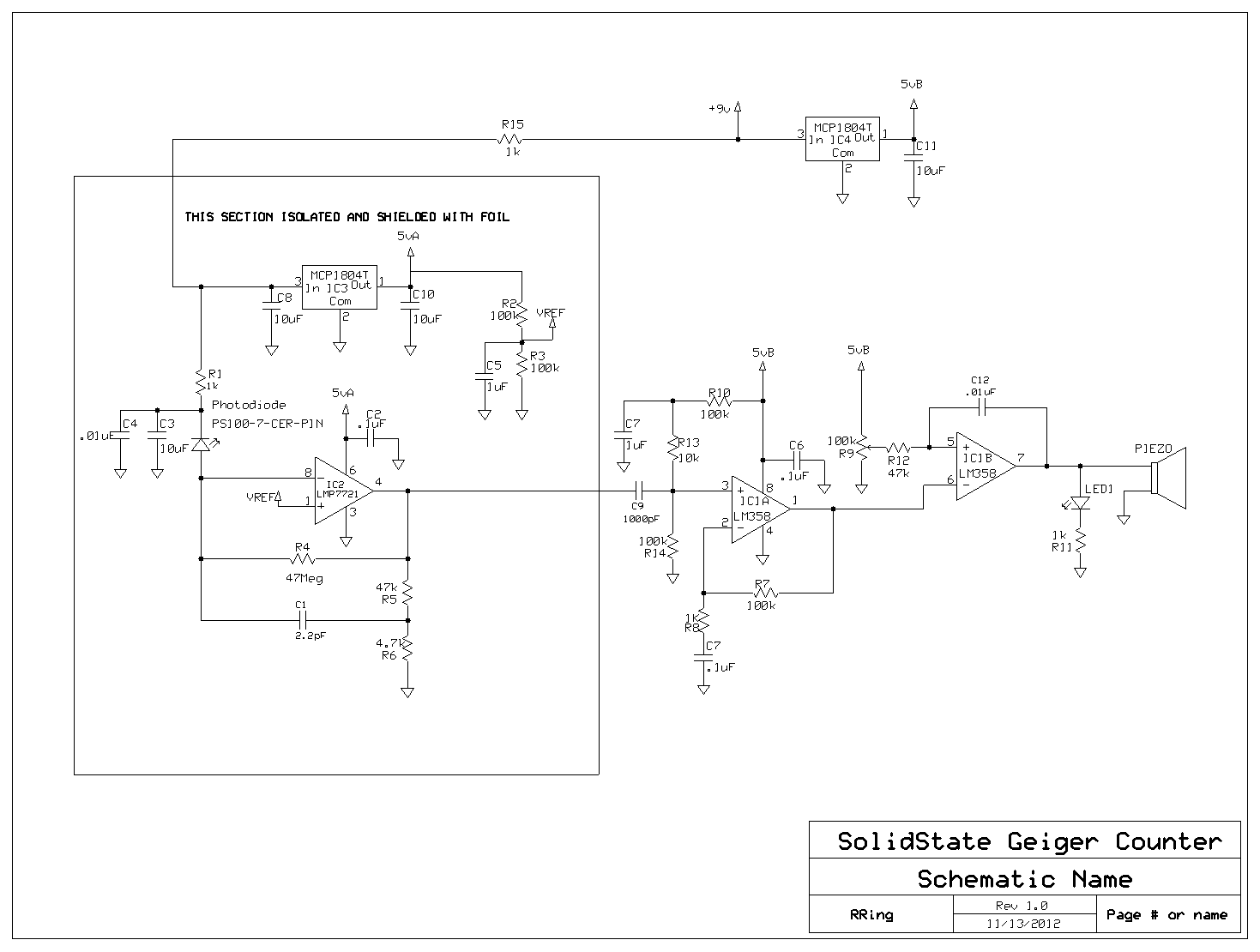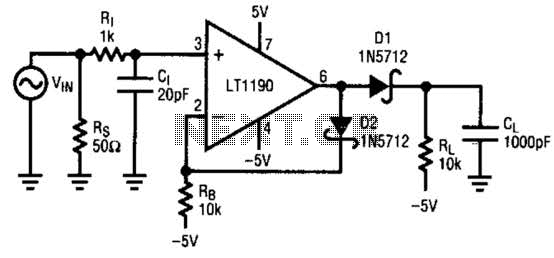
metal detector

The circuit described here is that of a metal detector. The operation of the circuit is based on the superheterodyning principle, which is commonly used in superhet receivers. The circuit utilizes two RF oscillators.
The metal detector circuit employs the superheterodyne technique to enhance detection capabilities. This method involves mixing signals from two radio frequency (RF) oscillators to create an intermediate frequency (IF) signal that can be processed more easily. The first RF oscillator generates a stable frequency, while the second oscillator is tuned to a frequency that varies based on the presence of metallic objects in the detection area.
The circuit typically includes components such as inductors and capacitors to form the oscillators, as well as a mixer stage that combines the outputs of the two oscillators. The mixing process produces sum and difference frequencies, with the difference frequency being the IF signal, which is then filtered and amplified for further processing.
Additionally, the metal detector may feature a demodulation stage that extracts the audio signal corresponding to the detected metallic object, allowing the user to hear a tone or beep when metal is detected. The output can be connected to a speaker or a visual indicator such as an LED to provide feedback on the detection status.
Power supply considerations are also crucial, as the circuit requires a stable voltage source to ensure consistent operation of the oscillators and amplification stages. Battery operation is common for portability, with considerations for battery life and efficiency being important design factors.
Overall, this metal detector circuit exemplifies the application of the superheterodyne principle in a practical device, showcasing the integration of RF technology with signal processing techniques to achieve effective metal detection.The circuit described here is that of a metal detector. The opera- tion of the circuit is based on superheterodyning principle which is commonly used in superhet receivers. The circuit utilises two RF oscillators.. 🔗 External reference
The metal detector circuit employs the superheterodyne technique to enhance detection capabilities. This method involves mixing signals from two radio frequency (RF) oscillators to create an intermediate frequency (IF) signal that can be processed more easily. The first RF oscillator generates a stable frequency, while the second oscillator is tuned to a frequency that varies based on the presence of metallic objects in the detection area.
The circuit typically includes components such as inductors and capacitors to form the oscillators, as well as a mixer stage that combines the outputs of the two oscillators. The mixing process produces sum and difference frequencies, with the difference frequency being the IF signal, which is then filtered and amplified for further processing.
Additionally, the metal detector may feature a demodulation stage that extracts the audio signal corresponding to the detected metallic object, allowing the user to hear a tone or beep when metal is detected. The output can be connected to a speaker or a visual indicator such as an LED to provide feedback on the detection status.
Power supply considerations are also crucial, as the circuit requires a stable voltage source to ensure consistent operation of the oscillators and amplification stages. Battery operation is common for portability, with considerations for battery life and efficiency being important design factors.
Overall, this metal detector circuit exemplifies the application of the superheterodyne principle in a practical device, showcasing the integration of RF technology with signal processing techniques to achieve effective metal detection.The circuit described here is that of a metal detector. The opera- tion of the circuit is based on superheterodyning principle which is commonly used in superhet receivers. The circuit utilises two RF oscillators.. 🔗 External reference





